


Interviewed by Chris McCormack
Morgan Quaintance
Lauren Velvick
Chris Townsend
Buy Now – select:
Want to read this right now?
Get instant access to the entire back catalogue via Exact Editions from only £8.99!
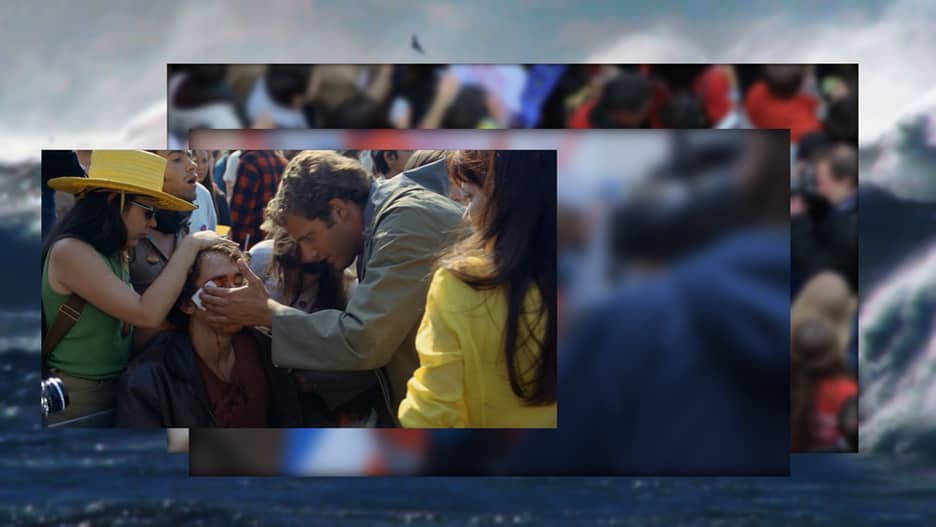
Clemens von Wedemeyer, Transformation Scenario , 2018
Clemens von Wedemeyer interviewed by Chris McCormack
How could we visibly form a digital crowd? Would it be different if we could represent these numbers as human figures in digital space, like avatars in a computer game? It seems, however, that whatever you do in the digital realm, public space is still much more efficient – digital demonstrations cannot have the same efficacy as real ones.
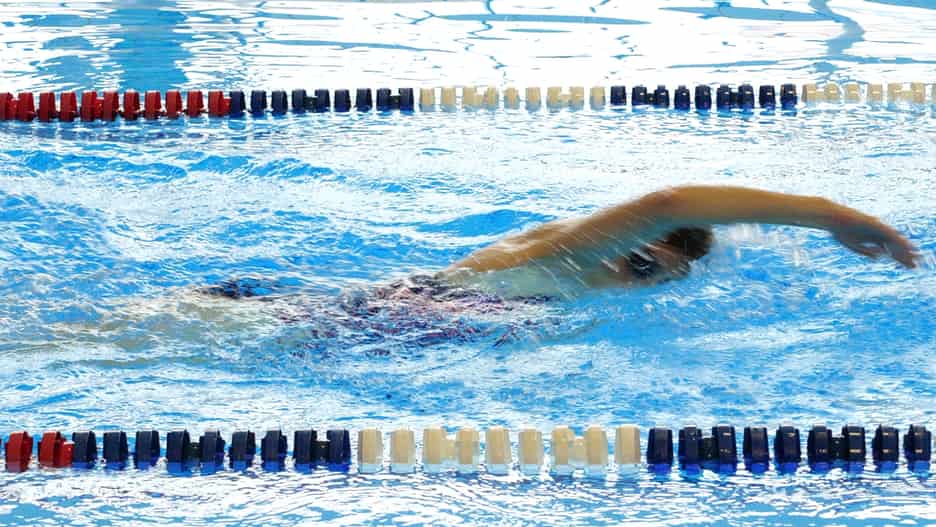
Olia Lialina, Hosted , 2020
Morgan Quaintance argues that it is time to rethink how artwork is distributed online
Part of the cause must be an institutional lack of attention and training, not to mention the absence of curatorial precedent, but some part of the cause must also be the subconscious application of a theoretical model of reception that is not fit for purpose.
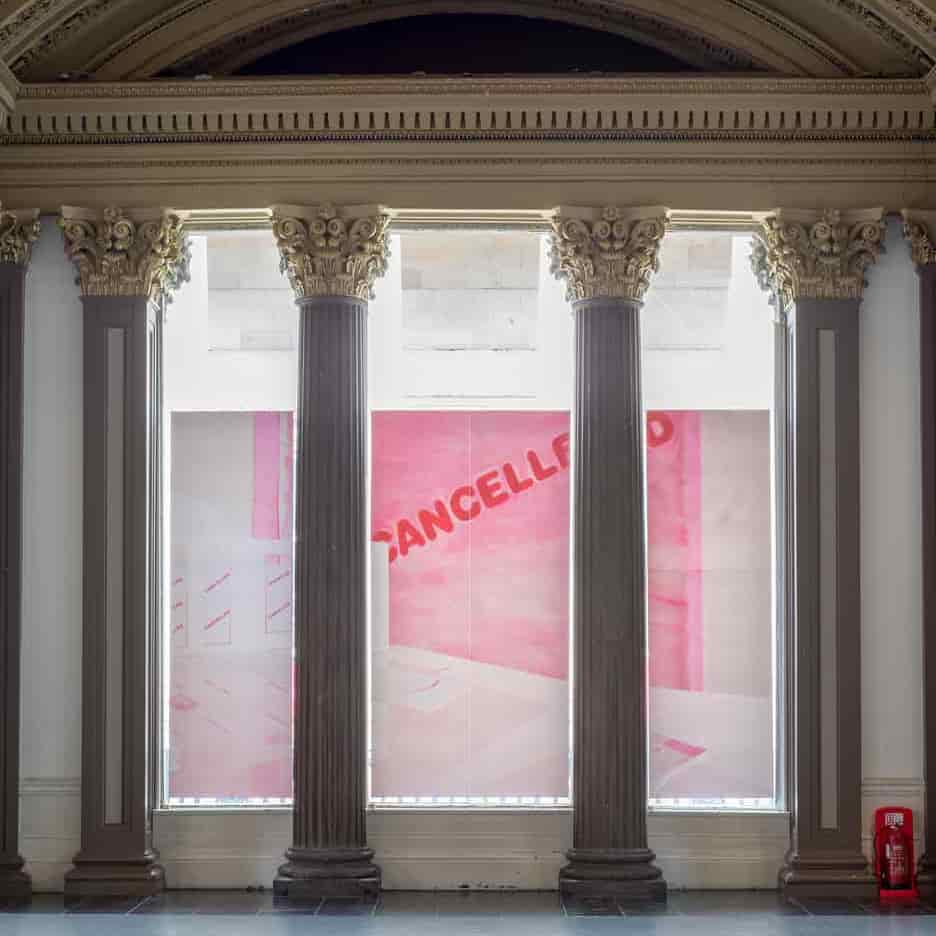
Marlie Mul, This Exhibition is Cancelled, 2017, GoMA, Glasgow
Lauren Velvick considers how artists’ alternative strategies of care might provide useful models during and after lockdown
It is right to question the idea that artists should, or even could, step in to make up the difference, but as our interdependence and responsibility towards one another is brutally clarified, the unsettled relationship between art and health looms large.
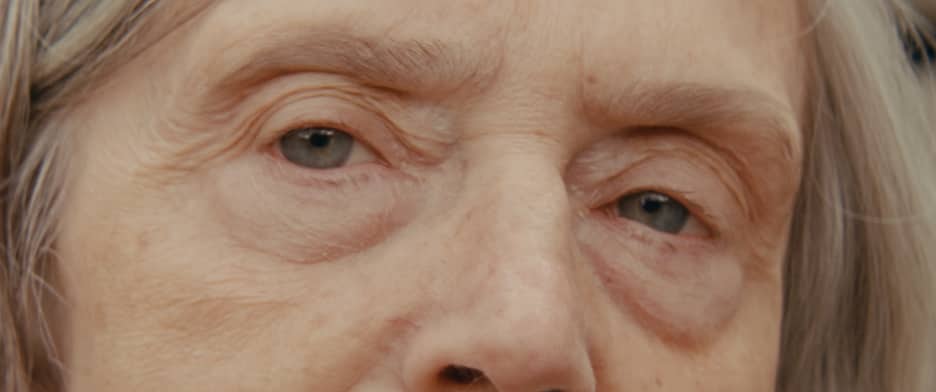
Beatrice Gibson, Deux Soeurs Qui Ne Sont Pas Soeurs (Two Sisters Who Aren’t Sisters) , 2019
Chris Townsend takes an intergenerational look at the relationships between artists and poets
All of Beatrice Gibson’s films have, for me at least, one such moment: here it is first of all the perfectly balanced cadences of Eileen Myles reading ‘My Box’ to the camera and erasing age, reinforcing it, in the recitation of always-novel experience; then it is the mother dancing between mirrors with her wrestler-masked son, to the tune of Corona’s ‘Rhythm of the Night’, an inadvertent theme tune for the Coronid era.
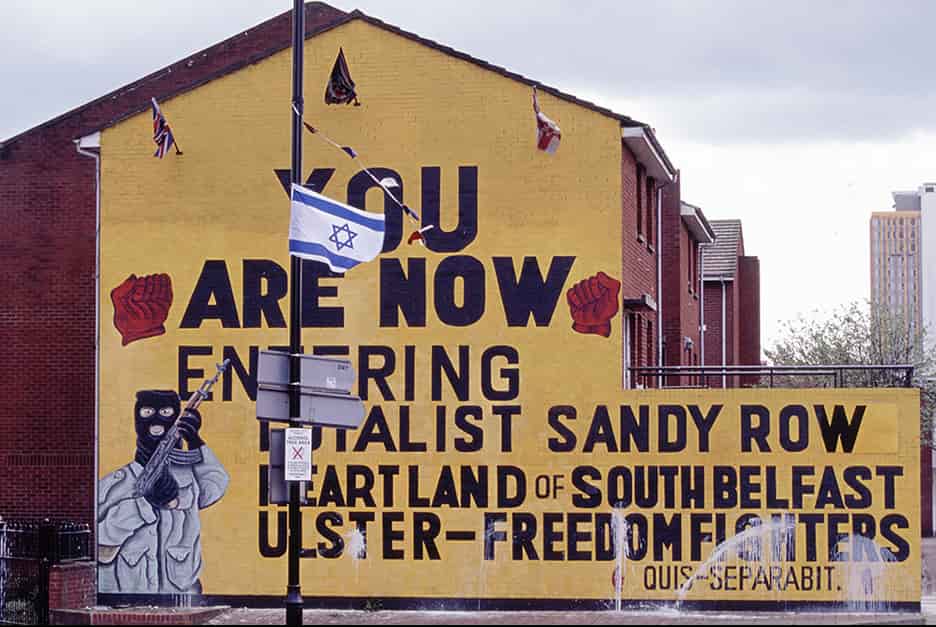
Michael Hanna, Short Films About Learning , 2015
Maeve Connolly considers the Belfast-based artist’s interest in time travel, everyday language, patterns and technological utopianism
Hanna exploits the institutionally conventionalised narratives of both practice and project, perhaps most explicitly in the darkly funny Calculated Error , 2012, which involved securing an arts grant to fix a series of mistakes that were yet to be made, such as getting a misspelled tattoo to be ‘corrected’ by laser removal.
It is now vital that world leaders demonstrate judicious governance in order to protect their citizens’ lives, so why is it that their actions seem increasingly to come from the realm of sci-fi or from the darkest recesses of Charlie Brooker’s brain?
Was it just a coincidence, for instance, that Donald Trump announced Operation Warp Speed on the very same day that he was presented with the new ‘Space Force’ flag in the Oval Office?
Laura Moreton-Griffiths questions the direction of Spike Island as it evicts one of its founder artists
At stake is the freedom to practice without distinct or quantifiable outcomes. Globally, socioeconomic and cultural forces are knocking hard at the studio door. While there is enormous pressure on art institutions to adopt profit-led business models, we wonder what metrics are at play here – what is the business model that is being adopted?
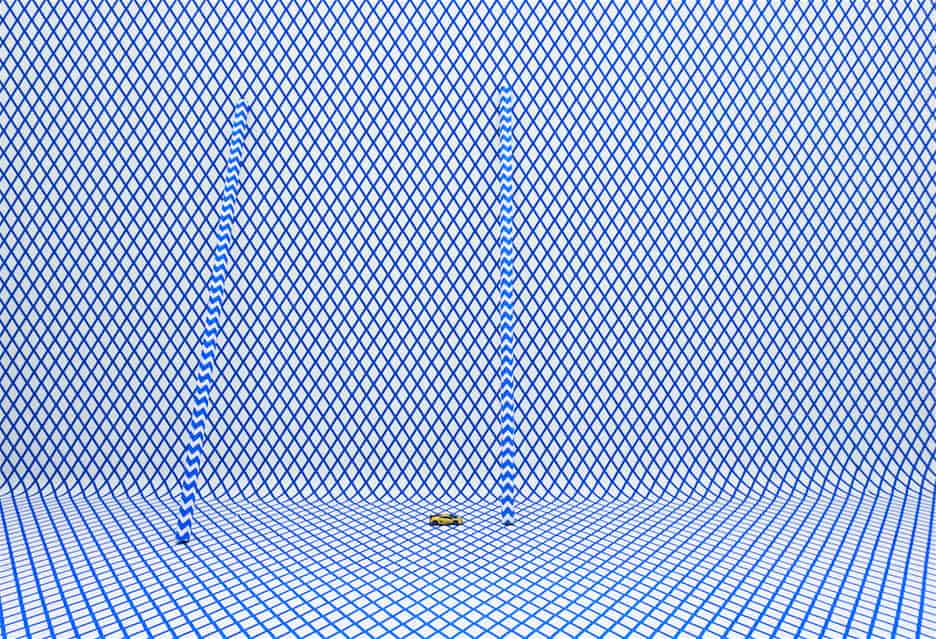
Clara Hastrup, Manoeuvre , 2020
recipient of a New Contemporaries Digital Residency
The UK government announces plans for a phased reopening that affects the art world; other countries begin reopening their galleries with various disease-prevention measures in place; major art events continue to be postponed; half of the UK’s creative sector is expected to run out of reserve funds this month; a survey suggests that a third of commercial galleries do not expect to survive the crisis; an arts survey in Scotland reveals that income for the sector has halved; a predatory Dutch company dedicated to selling artefacts on behalf of struggling museums targets the UK; plus the latest on people, prizes and more.
Fiona Banner talks about her artist commission with Patricia Bickers
Last year I did a Vanity Press Nude calendar. I didn’t get around to it this year, but as this is Art Monthly I thought it would be a good place for a calendar, in the body of the magazine: the staples are right in the middle, a kind of piercing; it can potentially be removed and viewed as a single internal jacket, one pin-up. I also like the idea of emotional duration vs the literalness of a monthly calendar – lunar, period, cycle, tides – all right there in the title of this magazine.
Germano Celant 1940–2020
Martin Holman
Ian Wilson 1940–2020
Mark Prince
Gillian Wise 1936–2020
Jon Wood
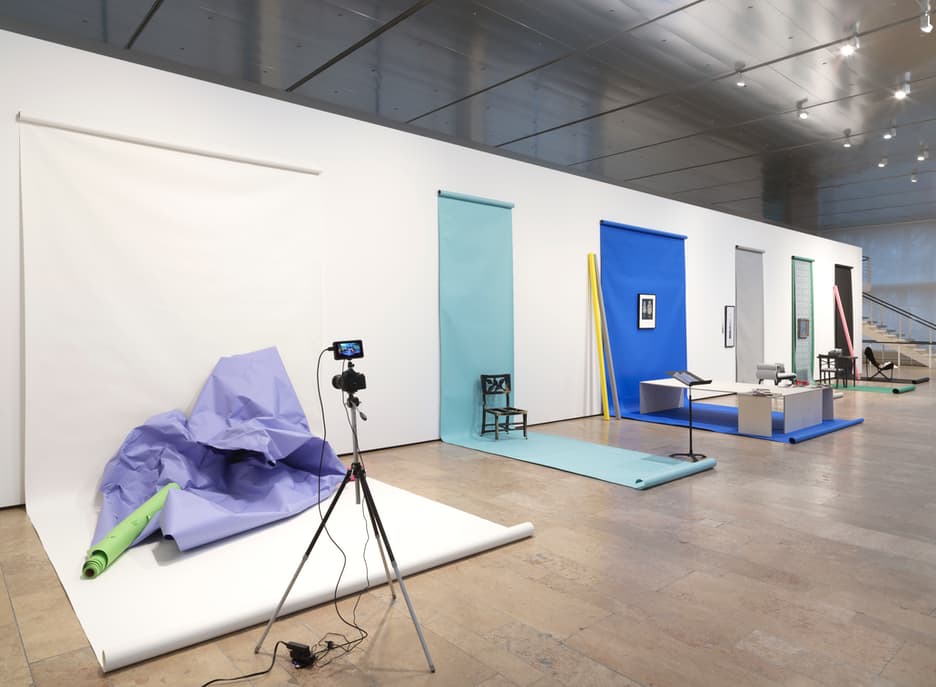
Barbara Bloom, ‘Works on Paper, on Paper’
Capitain Petzel, Berlin
Mark Prince
Barbara Bloom’s art is a constant reminder of the awk- wardness, even inconvenience, of having to physically realise an image, which language would carry off without needing to broach the issue of how literal or figurative it is, whether it is a sign or a trace, an original or a copy.
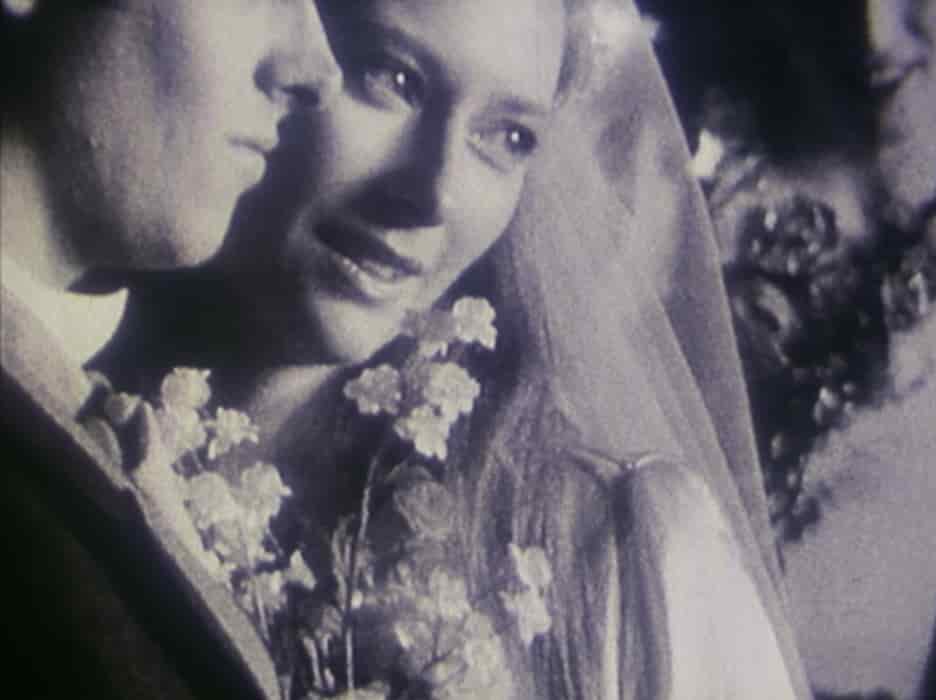
Derek Jarman, The Last of England , 1987
John Douglas Millar
Unlike Oliva Laing, Paul B Preciado’s writing is full of exhilarating risk, packing ideas in at a machine gun rate, coining outlandish terms and concepts.
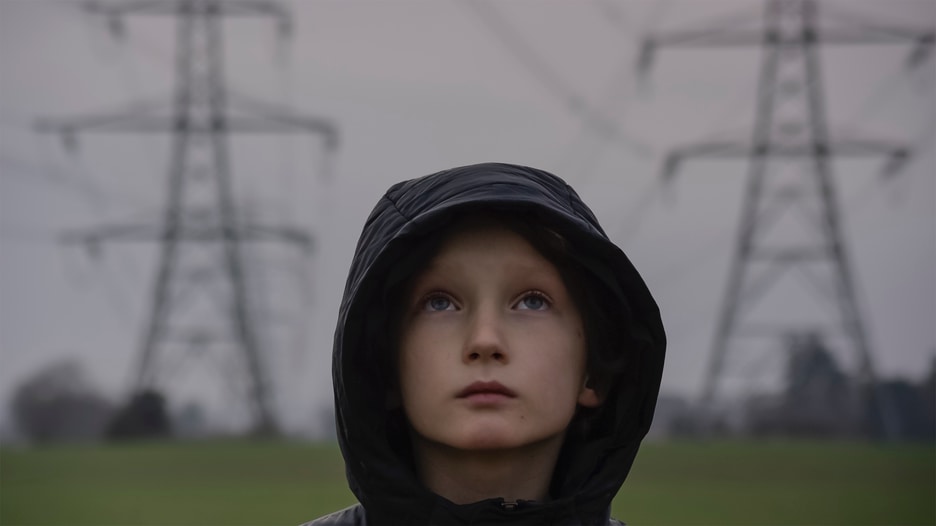
John Akomfrah, Purple , 2017
Dan Ward
Discussing the semantics for the categories of art is pedantic in the extreme, but it might be useful to explain to the uninitiated that ‘Artists’ Moving Image’ is a purely institutional construct.
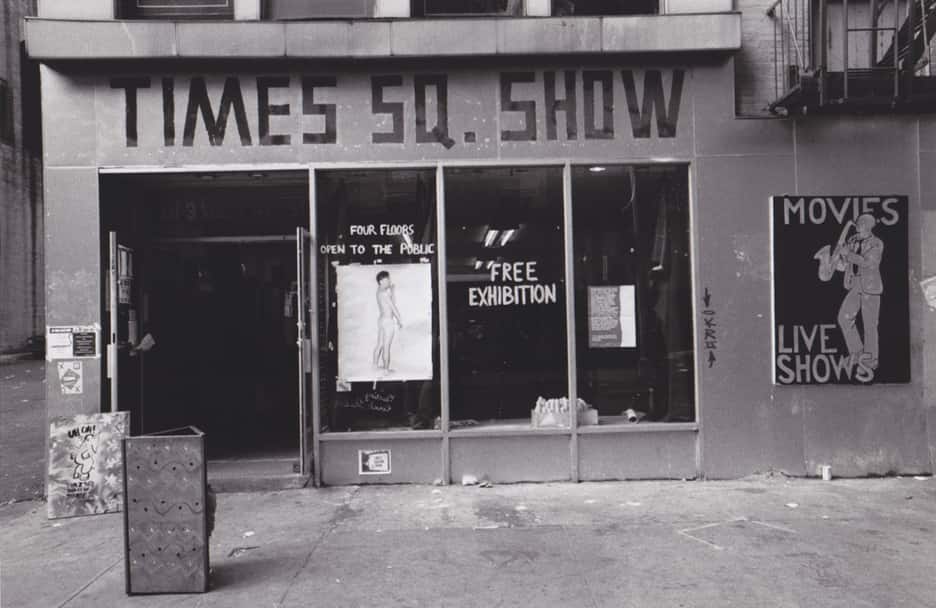
Colab, Times Square Show , 1980
Colin Perry
Barbara London’s memoir-cum-chronicle of her curatorial encounters with video art since the 1970s is a refreshingly ‘lite’ read of an old medium. She says nothing new about video art itself at a theoretical or art historical level, but she is a trustworthy insider whose anecdotes provide an informal guide to both the art and artists she encountered in her long career.
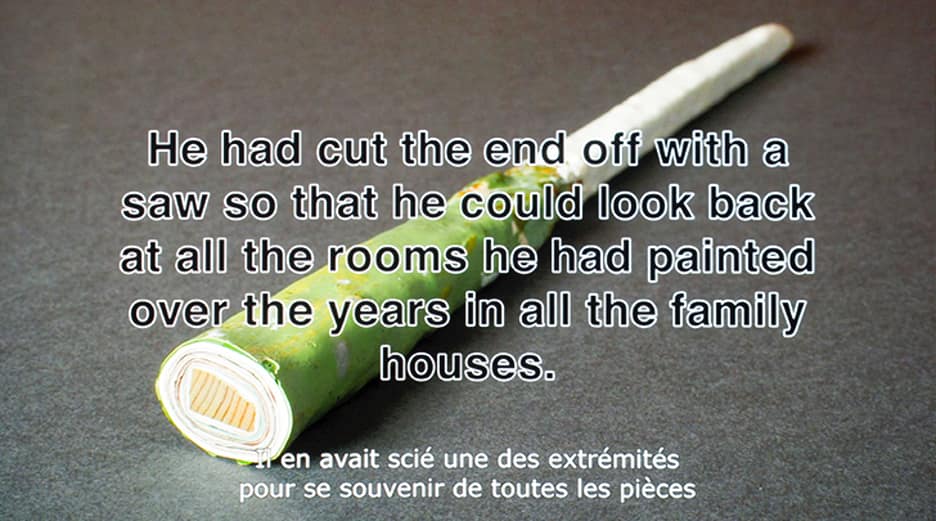
John Smith, Dad’s Stick , 2012
Deke Dusinberre
This issue becomes existential: either one glimpse is enough, in which case the work is truly ‘moving-image art’ rather than ‘time-based art’, because its duration is immaterial, as is often the case with looped works; or else the artist/curator is demanding super-hero powers of the beholder. The upshot is that it becomes unclear at what point the average human can claim to have ‘seen’ a work.
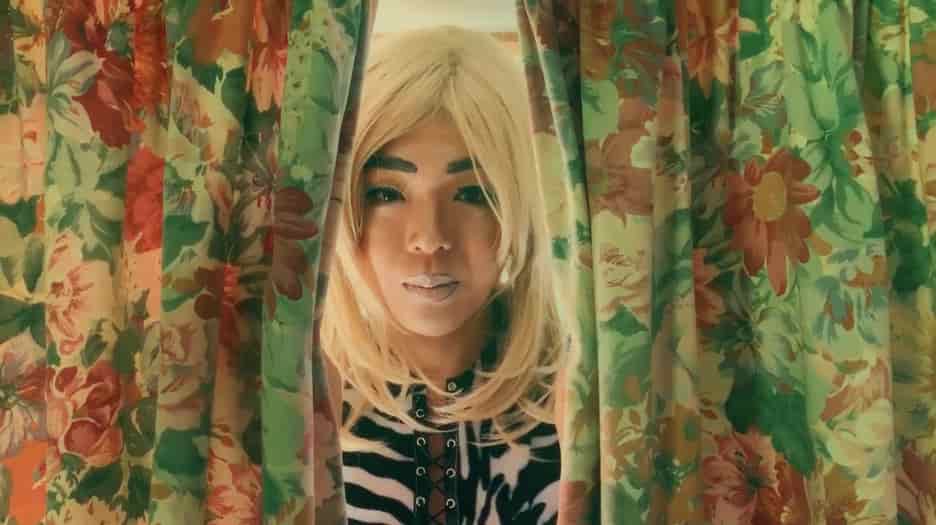
Urara Tsuchiya with Ben Toms, Give us a meow ... , 2019
Paul Carey-Kent
Urara Tsuchiya’s video hints at enforced isolation, and the other works, too, either address the peculiar circumstances which led to the postponement or read differently in the shadow of Covid-19.
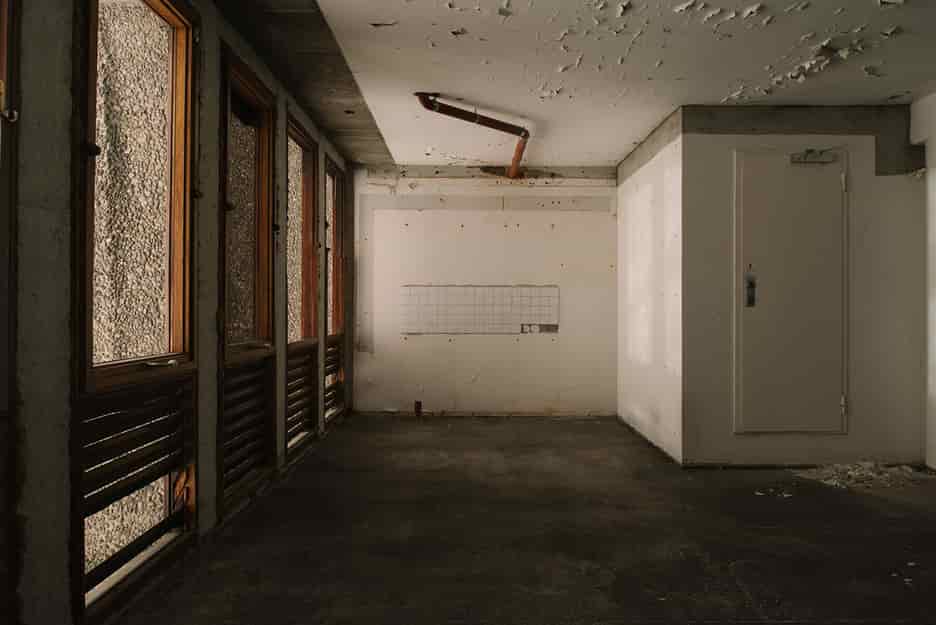
the interior of Y-Blokka, where Alexander Rishaug conducted his sound recordings for Y (59°54'54.76"N10°44'46.03"Ø) , 2019
David Briers
Six years after the terrorist attack, the Norwegian sound artist Alexander Rishaug secured permission to enter the building to make recordings in the middle of the night. Using various different kinds of microphone, like an extended form of field recording, Rishaug set out ‘to explore and monitor the building’s acoustics, vibrations and resonance’, intending to create a ‘sonic portrait’ of the precarious structure’s oppressive emptiness.
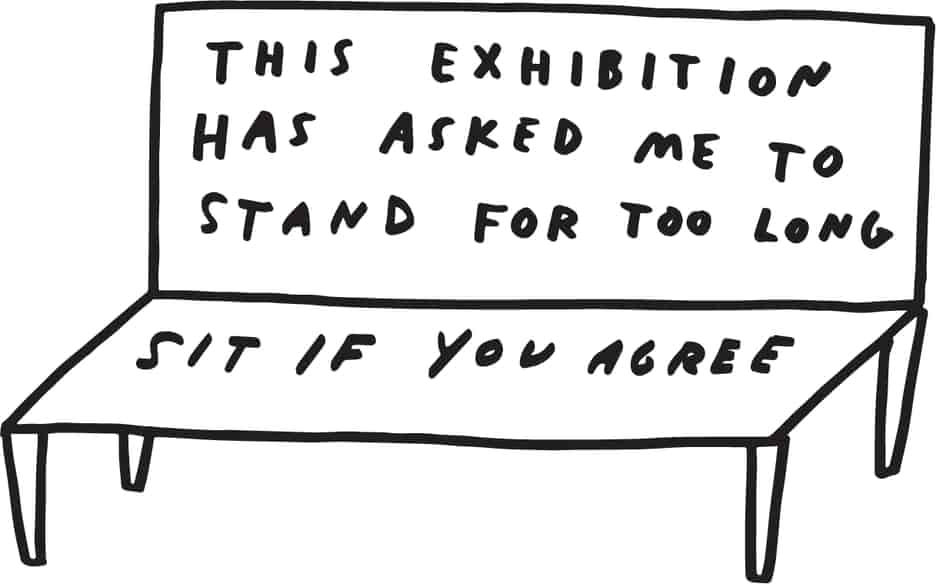
Shannon Finnegan, Do you want us here or not?, 2019
Stephanie Bailey considers how the Tallinn Art Hall exhibition proposes radical interpretations of access and accessibility in order to build alternative communities
If a field like the arts is to position itself as a space of effective interaction, how we understand what constitutes and facilitates communication must be expanded so that accessibility – in essence what enables and disables – is considered across all levels, from the physical to the sensorial, as a continuing and organic process which requires not only a heightened awareness and sensitivity towards specificity and difference, but also an ability to mediate and negotiate with its manifestations.
Khairani Barokka considers ableism in art in the light of the Covid-19 lockdown
Ironically, the swift adoption by most art organisations – in many cases, in the first few days of the pandemic – of remote procedures to enable staff to work from home is something disabled and chronically ill people have been campaigning for in the arts for many decades. In other words, it is only when non-disabled people’s livelihoods are at risk that these measures are seen as an urgent necessity.
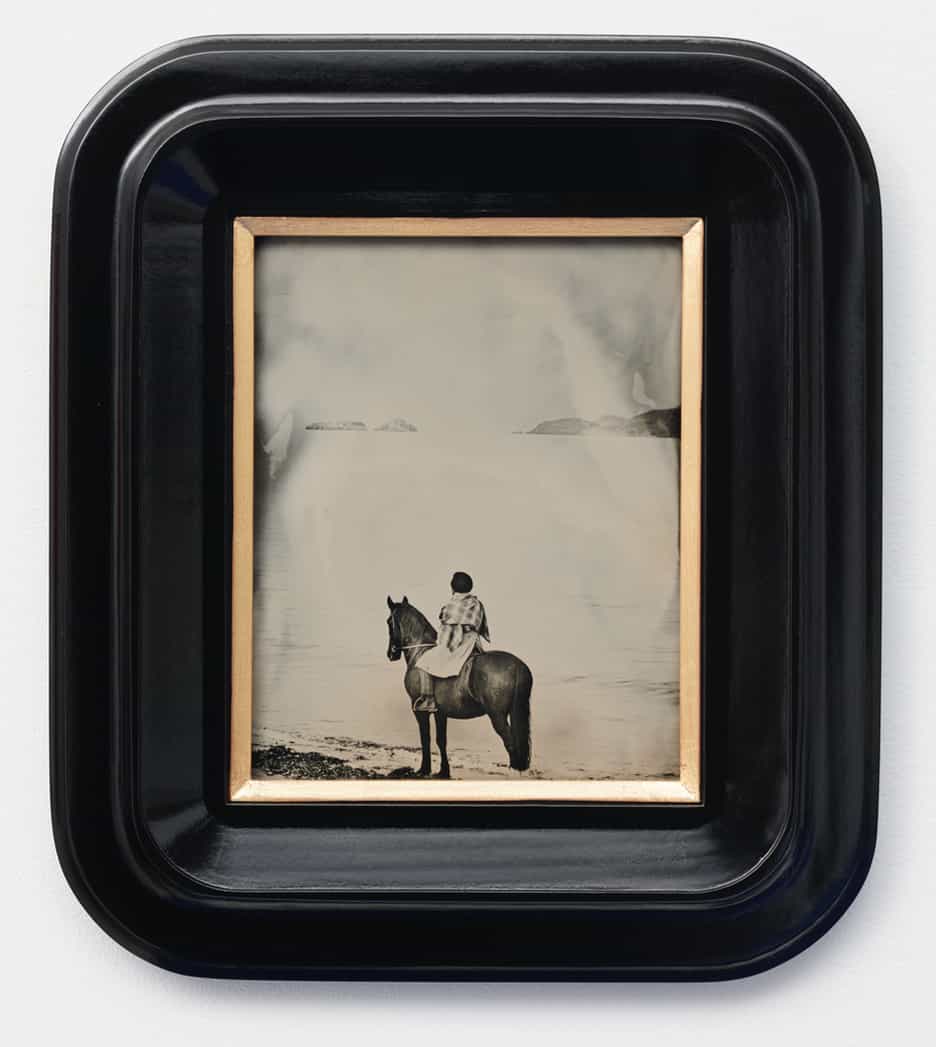
Isaac Julien, Lyrics of Sunshine and Shadow (Madison Washington, The Heroic Slave) , 2020, at Jessica Silverman Gallery
Glen Helfand
Following the first week of stay-at-home orders came the bombshell news of the potential closure of the San Francisco Art Institute (SFAI), a school that has been vibrantly important here for over 150 years.
Henry Lydiate
Although ArtTactic’s downloadable guide, How to Respond to the Covid-19 Crisis? , appears to come from a commercially oriented secondary-art-market perspective, its contents are evidently driven by an admirable altruistic aim to inform and help as many as possible operating in the UK art world – including especially practising artists based in these islands, and those who support contemporary art activity.